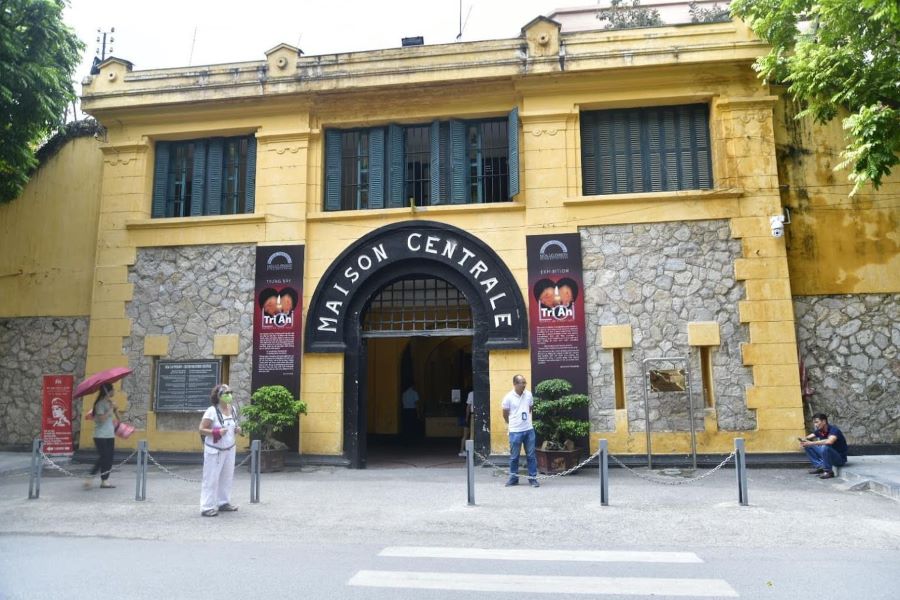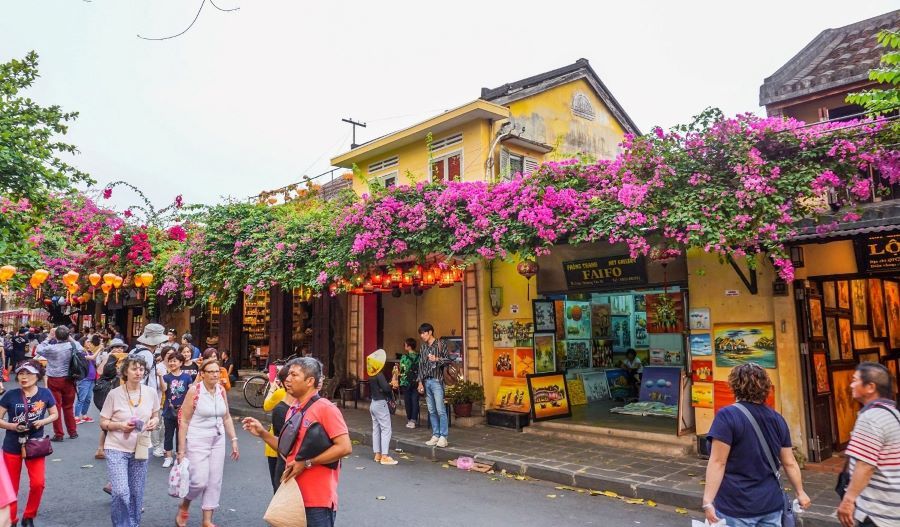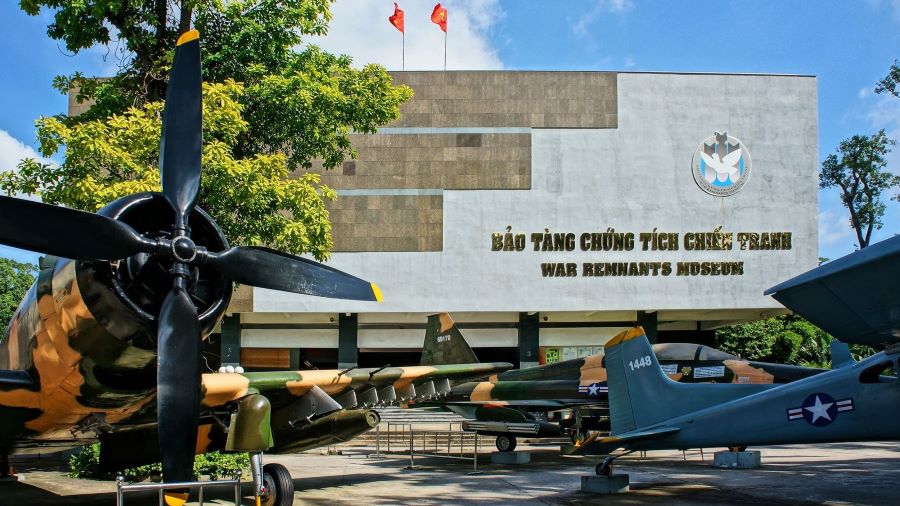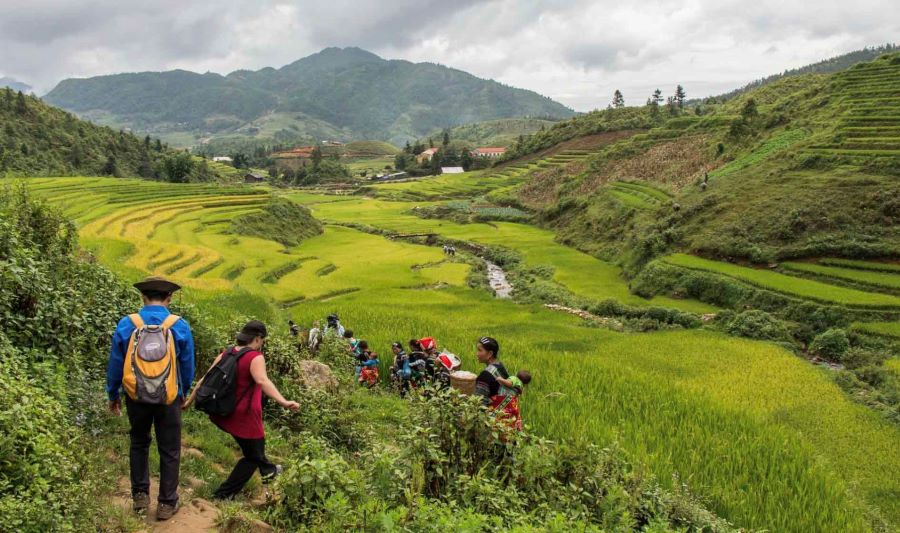Vietnam History Tours: Best Historical Destinations to Visit
Discover the nation’s rich past through journeys to ancient temples, colonial landmarks and wartime sites that reveal Vietnam’s deep-rooted heritage and cultural legacy. Offering more than just sightseeing, Vietnam tours centered on history connect you with powerful stories of resilience, tradition and transformation. From imperial citadels to underground tunnels, each step immerses you in a living narrative that continues to shape the identity and spirit of the Vietnamese people.
Introduction: A Traveler’s Guide
Vietnam History Tours offer more than just a journey through breathtaking landscapes-they open a window into the soul of a nation shaped by thousands of years of triumphs, struggles, and transformation. From the misty mountains of the north where ancient dynasties once ruled, to the vibrant cities of the south echoing with stories of colonial resistance and wartime resilience, every destination tells a chapter of Vietnam’s captivating story. As you wander through centuries-old temples, explore imperial citadels, or stand in tunnels once used during conflict, you don’t just learn history-you feel it. These tours are not just about places, but about people, culture, and the enduring spirit of Vietnam that continues to thrive today.
Why Go on Vietnam History Tours?
Northern Highlights: Hanoi and Beyond
Hanoi is the capital and second-most populous city of Vietnam. It stands at the crossroads of tradition and revolution. Begin your journey at the Temple of Literature, built in 1070 as Vietnam’s first university. Its gardens, gatehouses and stone steles whisper centuries of scholarship. Then, shift to a darker chapter at Hoa Lo Prison-once known as the “Hanoi Hilton”-where you’ll uncover stories of resistance and tragedy.

Hoa Lo Prison reveals deep pasts on unforgettable Vietnam History Tours through time
Not far away, the Thang Long Imperial Citadel offers a window into royal rituals and colonial transitions. This UNESCO World Heritage Site bridges ancient culture with modern memory. As you continue, explore the Trang An Scenic Landscape Complex, where temples meet grottoes beneath dramatic karst peaks. It’s an ideal starting point for a Vietnam Nature Trails Adventure through legendary valleys. Next, venture to Ninh Binh, often called “the Halong Bay on land.” The Trang An complex and Hoa Lu ancient capital highlight how Vietnam’s roots stretch back over a thousand years. Whether paddling beneath cave ceilings or observing red-crowned cranes, history feels both monumental and intimate. For travelers seeking depth, Vietnam History Tours offer a powerful blend of scenery, culture and unforgettable storytelling.
🏨 Hanoi
🛏️ Sofitel Legend Metropole Hanoi
Price: From ₫9,000,000 (approximately $350)/night
Time: Opened in 1901; iconic French colonial hotel with historic war bunker tours
Place: 15 Ngo Quyen, Hoan Kiem District—steps from the Old Quarter and Opera House
🌾 Ninh Binh
🏡 Trang An La Casa Homestay
Price: From ₫1,200,000 (approximately $47)/night
Time: Family-run homestay with peaceful rural atmosphere and traditional charm
Place: Chi Phong, Truong Yen, Hoa Lu-just minutes from the Trang An Scenic Complex
Central Heritage: Hue and Hoi An
Travel south to Hue, once the Nguyen dynasty’s imperial heart. In 1802, Emperor Gia Long established the Imperial City-a fortress modeled after Beijing’s Forbidden City, surrounded by moats and walls that still echo royal influence. As I walked through ornate gates and silent tombs of past emperors, I felt the weight of ceremony and legacy.
🚗 Private car from Hoi An to Hue
Price: From ₫800,000 (approximately $31)/car
Time: 2.5–3.5 hours depending on stops
Place: Pickup in Hoi An; drop-off at hotel in Hue city center
Then comes Hoi An, a UNESCO World Heritage port where East meets West. With its lantern-lit alleys and riverside facades, the Ancient Town preserves a 15th-century charm. Kayak or motorboat trips on the Thu Bon River highlight the enduring culture and cuisine-dish by dish street by street .

Vietnam History Tours guide you through Hoi An’s glowing lantern-lit past
🛶 Hoi An kayak tour on Thu Bon River
Price: From ₫2,100,000 (approximately $82) for full-day bike & kayak tour
Time: 8 AM–2:30 PM; includes biking countryside and kayaking
Place: Meet at 25 Dinh Tien Hoang, then paddle near Cam Thanh village
Just outside Hoi An, the My Son Sanctuary rises from jungle greenery. These Hindu-inspired Cham temples offer insight into a pre‑Vietnamese civilization, long shadowed by the Nguyen dynasties. Exploring My Son connects the dots between architectural grandeur and spiritual depth.
Southern Remnants: Ho Chi Minh City and War Sites
Ho Chi Minh City pulses with modern energy while preserving its history. Walk through the Reunification Palace where wartime drama ended in 1975. Then explore the War Remnants Museum for a sobering Vietnamese view of conflict. Next take a short drive to the Cu Chi Tunnels hidden beneath rubber trees and rich earth. On Vietnam History Tours you can crawl into restored galleries and sense the ingenuity and hardship of Viet Cong fighters. This visceral encounter brings wartime ingenuity to life.
🏨 Ho Chi Minh City
🛏️ Hotel Majestic Saigon
Price: From $180 (approximately ₫4,200,000)/night
Time: Built in 1925 in French colonial style; art-deco revival circa 1930
Place: 1 Dong Khoi Street, District 1—riverside near Opera House

Vietnam History Tours reveal powerful truths inside Saigon’s War Remnants Museum walls
Furthermore venture further afield to Quang Tri to visit the former DMZ, Vinh Moc Tunnels, Khe Sanh and the My Lai memorial. These sites reveal more than military history and tell profound human stories of resilience and remembrance. Each place invites reflection and personal connection.
🏨 Ho Chi Minh City
🛏️ Hotel Continental Saigon
Price: From ₫2,500,000 (approximately $97)/night
Time: Opened in 1880 during the French colonial era and still exudes classic charm
Place: 132–134 Dong Khoi Street, District 1-right by the Opera House and the historic center
Vietnam Nature Trails Adventure: Blending History and Wilderness
For a dose of nature, combine your heritage journey with a Vietnam Nature Trails Adventure. In Pu Luong, trek through verdant rice terraces and explore ethnic Thai villages rich in tradition. Your guide may share stories of daily life shaped by landscape and seasonal rhythms. Meanwhile in Cuc Phuong National Park, encounter rare langurs and vibrant bird species as your guide explains local conservation efforts. This oldest national park in Vietnam offers insight into both biodiversity and the people protecting it. Further north, venture into Ha Giang province where valleys unfold beneath limestone peaks. Cross suspension bridges, meet ethnic communities, and absorb the raw beauty of remote markets. Then continue toward Ba Be National Park, where lakes reflect misty hills and caves hide bat colonies.

Explore Vietnam History Tours where lush nature meets legends of the past
Altogether these landscapes reveal a different side of Vietnam beyond temples and tunnels. They emphasize natural heritage as much as cultural legacy. While Vietnam History Tours uncover royal courts and resistance struggles, these trails reconnect you with untouched wilderness and living tradition. Together, history and nature shape a fuller understanding of this remarkable country. Each step becomes part of a larger, living narrative waiting to be discovered on foot or by boat.
Best time to Travel Vietnam History Tours
The best time to travel Vietnam History Tours depends on both climate and crowd levels. The ideal travel windows are March-May and September–November. During these months, mild weather smooths out visits to outdoor sites and upland trails. You’ll experience pleasant temperatures, clearer skies and more comfort when exploring ancient ruins or remote villages. In contrast, the summer months bring intense heat, especially in the southern regions. April often falls right in the middle of the rainy season, which can affect movement and visibility. Because conditions shift by region, smart preparation makes a difference. Pack layers, as temperatures vary significantly between mountain passes and coastal plains. You’ll also want sturdy walking shoes for navigating citadels, jungle paths and uneven temple grounds. Moreover bring sun protection, a reusable water bottle, a basic first-aid kit and a modest wardrobe suited for sacred spaces. While gear helps, mindset matters most. Download a translation app to connect with locals. Carry a notebook to capture unexpected encounters. Keep an open heart because stories often arrive in small moments-over shared tea or beside ancient stone.
Travel Tips, Cultural Etiquette, and Safety
Start planning your tailor-made Vietnam tour by contacting one of our specialists…







